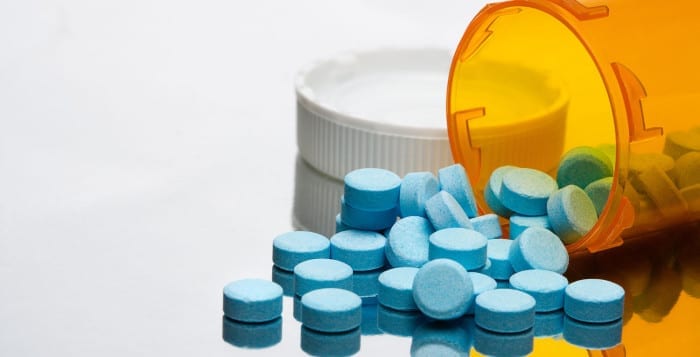Burns present an especially challenging problem for doctors and medical researchers. While lacerations and abrasions harm skin directly affected by the injury, a burn can cause damage to skin nearby.
Adam Singer, the director of research for Stony Brook Medical School’s emergency medicine program, has worked with a team of physicians, students and researchers to understand how to limit the damage from a burn.
In the lab, they have tested a range of therapies, from using age-old remedies derived from spices and other natural substances to creating new products.
“Our main efforts are focused on understanding how burns progress,” Singer explained. “Unlike a mechanical injury, where the maximum extent of the injury takes place at the time of wounding, burns tend to extend in depth and size. Burns are more challenging because the injury tends to get worse before it gets better.”
Singer and a team at Stony Brook that includes Dr. Richard Clark in the dermatology department and Mary Frame in the bioengineering department, have studied synthetic products and natural herbs to understand burns.
The researchers examined blood flow in preclinical burn models treated with curcumin. Found in the spice turmeric, curcumin has been used for years in a range of herbal remedies. In testing, curcumin increases the dilation of blood, which might help nearby skin.
Singer explained that curcumin has been used in India before nuptials to add color
to the cheeks of those getting married.
“It was used for centuries in weddings,” explained Singer. “We found out it causes vasodilation. That’s probably how it caused that flushing.”
Singer explained that the medical school has tested other ways of minimizing damage and scarring, including stem cells.
There is no Food and Drug Administration approved treatment that prevents the progression of a burn injury. Treatment using topical solutions or antibiotics promotes healing without infection, but doesn’t address the surrounding skin, he explained.
The research in the emergency department at Stony Brook draws from several places. In addition to a group that could include doctors and Ph.D.s from around the campus, the effort may include postdoctoral students, graduate students, medical students, international fellows and even interested high school students.
“We’ve created one of the first academic associate programs for undergraduate students,” explained Singer. “They spend time in the emergency department, screening and enrolling patients in clinical students. In return, they get credit from
the university.”
He estimated that there are between 20 and 30 undergraduates per semester who rotate through the emergency department.
“There are a wide spectrum of studies, from cell to human patients at all levels of basic research,” said Singer.
Another challenge with burns lies in predicting which ones will be deep and require surgery and which ones will heal on their own.
Doctors currently use laser Doppler to look at the blood flow in a wound. While the Doppler is helpful, it may not be reliable until the third day after a burn or injury. During that time, patients wait in a hospital, where they are exposed to the risk of infection.
The Stony Brook team is looking at novel technologies to try to predict which burns will progress to the point where they’ll require surgery.
One approach is based on infrared light emissions and the other is based on a fluorescent marker. Fluorescein measures flow, whereas infrared light measures temperature, which is dependent on underlying blood flow. The less flow, the colder the skin.
“We’re looking at state of the art technology to diagnose burn depth early to improve the care of patients,” explained Singer, who divides his time equally between treating patients and conducting or directing research.
Singer and his wife Ayellet, who designs jewelry, have three children, Daniel, who is starting medical school, Lee, who is premed, and Karen, who is attending a SUNY School and wants to study biomedical engineering.
Singer, who grew up in Westchester and spent 20 years in Israel, has connections to Long Island that predate his move here. His grandfather, Seymour Singer, was active in the Chamber of Commerce in Smithtown, which named Singer Lane after him. His father grew up in Lake Ronkonkoma.
As for Stony Brook’s research department, Singer explained that it has been involved in trials of products that emergency room physicians use regularly, including glue to seal lacerations and incisions.
Stony Brook was the “largest site in the country” for clinical trials of a glue that has now been used millions of times per year.





